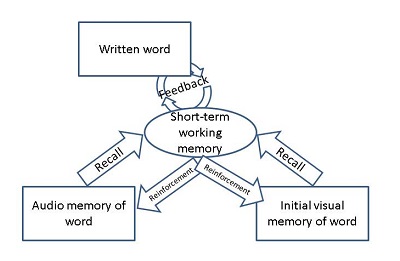Mark Stringer
Sat, 28 Jun 2014 08:25:39
Agile Governance and Safe Part 1
There were a couple of thoughts drifting around my head. One was around Agile Governance. This is the result of a discussion that I had with someone on twitter. The upshot of it was that I realised something which Tolstoy says right at the beginning of Anna Karenina is so important for organisations.
All happy families are alike, each unhappy family is unhappy in its own way.
And this was the realisation that I had on the back of that
And all organisations are unhappy families.
Of course they’re unhappy families – how could they not be? Any family bigger than – say – 10 is going to have different factions, issues of resentment, jealousy, abandonment. It’s going to have factions that need putting down, not just with love, but with aggression, it’s going to have power struggles (and perhaps unsurprisingly, organisations of about 10-12 are, in my experience, the ones that start to have trouble with “management”). They’re reaching a point where they’re becoming too big to rule charismatically, with just one monster ego.
The topic of Agile Governance reminds me now, when I think I’m thinking about it a bit more clearly of Cognitive Psychology as it was when I briefly got involved in it in the early 1990’s. Looking back on it now, it looks particularly ridiculous. But back then, the game of cognitive psychology was to do some experiments on some area of cognitive psychology that you thought was interesting – say word spelling in normal people and dyslexics (this is one I was actually involved in). Then you’d postulate some kind of “line and box” information processing diagram of how spelling was being “processed” in the brain. I’m going to knock one up really quickly for you now.
This diagram, is, as I said, made up, but it does get across what seemed to be the main idea of Cognitive Science, which was to pretend that the way the brain did things was pretty much like the way a computer would do things. This was in spite of there being a couple of really obvious problems with this.
1) We knew from how long it took neurons to fire, and how long some cognitive tasks take (e.g. word recognition) that the process isn’t linear – it happens so fast that it must be happening massively in parallel.
2) We couldn’t, beyond vaguely describing it in lines and boxes write the information processing programs that would carry out tasks like word recall or recognition.

I’ve just been reminded of this when thinking about a debate that I somehow got pulled into around the “Scaled Agile Framework”. The Scaled Agile Framework is a line and box diagram. Rather tellingly, the author of the Scaled Agile Framework, Dean Leffingwell has put a lot of money into getting someone to draw this diagram for him in as clear and compelling a way as possible. At the top of the Safe diagram it’s an algorithm and data structure we know as “Kanban”, at the bottom it’s an algorithm and data structure we know as “Scrum” (although he’s not calling it that because there’d be trade mark issues and this is not all, but almost all about making a ton of cash that nobody can sue to get away from him).
And in the middle? Well, in the middle it looks suspiciously like the algorithm and data structure combo we would call “Waterfall”.